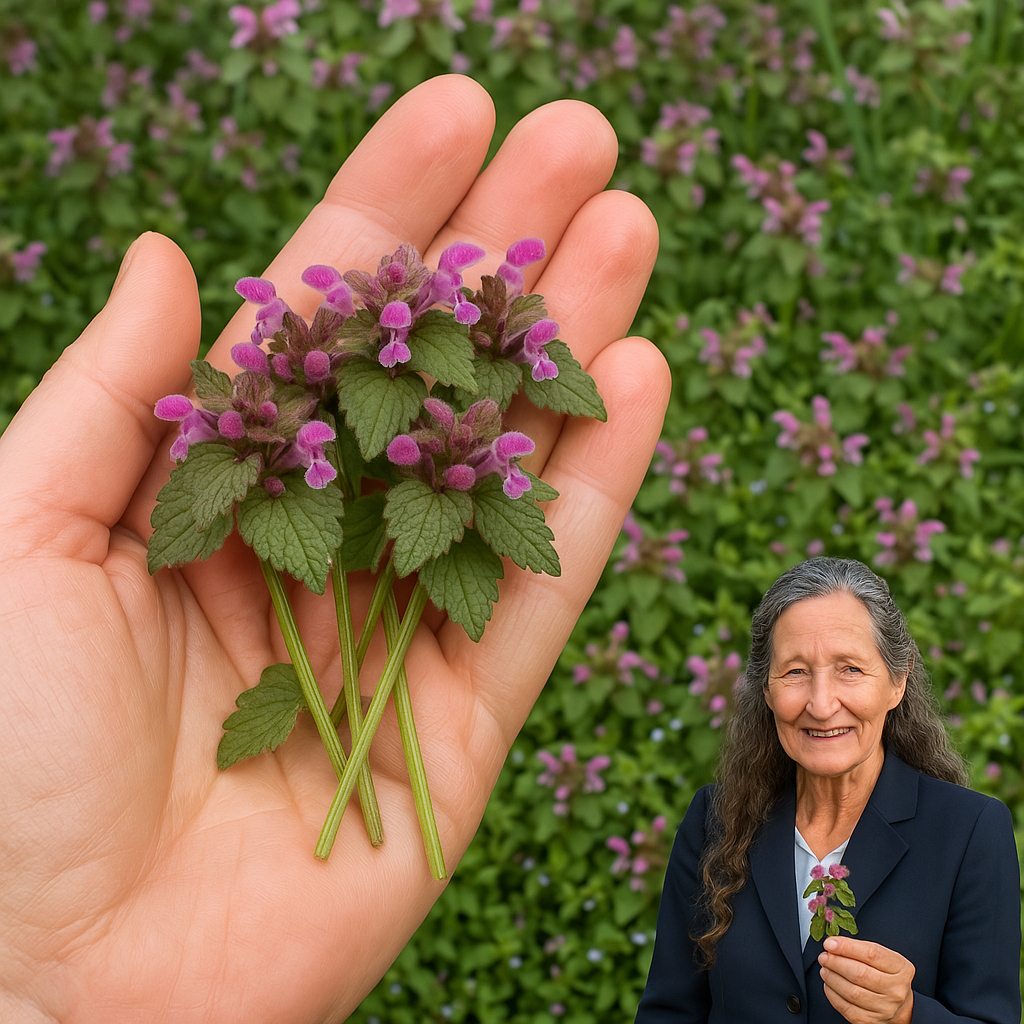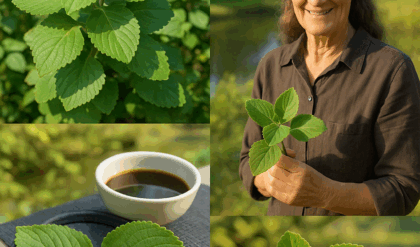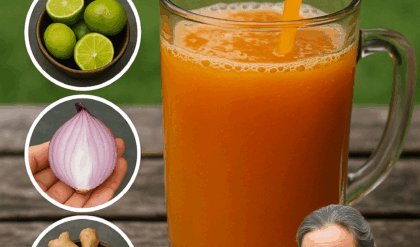Purple dead nettle (Lamium purpureum), often mistaken for stinging nettle, is a vibrant wild herb that graces gardens and fields with its purple blooms each spring. Despite its unassuming appearance, this plant has been utilized for centuries in traditional medicine and culinary practices. Rich in nutrients and bioactive compounds, purple dead nettle offers a plethora of health benefits and versatile uses.

🌱 Health Benefits of Purple Dead Nettle
Purple dead nettle is more than just a decorative weed; it’s a powerhouse of nutrients and medicinal properties.
1. Rich in Nutrients
This herb is a natural source of vitamins A, C, and K, as well as essential minerals like iron, calcium, and magnesium. These nutrients support immune function, bone health, and overall well-being.
2. Anti-Inflammatory and Antioxidant Properties
Purple dead nettle contains polyphenols and flavonoids, compounds known for their anti-inflammatory and antioxidant effects. Regular consumption may help reduce inflammation and combat oxidative stress.
3. Supports Digestive Health
Traditionally, this herb has been used to alleviate digestive issues. Its mild diuretic and astringent properties can promote healthy digestion and regular bowel movements.
4. Skin Health
Applied topically, purple dead nettle can soothe minor skin irritations and wounds. Its antimicrobial properties help prevent infection and promote healing.
🍵 How to Make Purple Dead Nettle Tea
Brewing tea from purple dead nettle is a simple and effective way to harness its health benefits.
Ingredients:
- 1–2 teaspoons of dried purple dead nettle leaves
- 1 cup of hot water
Instructions:
- Place the dried leaves in a tea infuser or directly into a teapot.
- Pour hot water over the leaves.
- Let it steep for 5–10 minutes.
- Strain and enjoy.
For added flavor and benefits, consider blending with other herbs like peppermint or lemon balm.
🥗 Culinary Uses of Purple Dead Nettle
Beyond tea, purple dead nettle can be incorporated into various dishes:
- Salads: Add fresh leaves for a mild, spinach-like flavor.
- Pesto: Blend with garlic, nuts, and olive oil for a unique twist.
- Smoothies: Combine with fruits and other greens for a nutrient boost.
- Soups and Stews: Stir in during the last few minutes of cooking.
Always ensure proper identification before consumption to avoid confusion with similar-looking plants.
⚠️ Precautions and Considerations
While purple dead nettle is generally safe for most people, it’s important to:
- Avoid harvesting from areas that may be contaminated with pesticides or pollutants.
- Consult with a healthcare provider before using it medicinally, especially if pregnant, nursing, or on medication.
- Consume in moderation to prevent any potential laxative effects.
🌸 Conclusion
Purple dead nettle (Lamium purpureum) is a versatile and beneficial herb that can enhance your health and culinary repertoire. Whether you’re foraging in your backyard or purchasing from a reputable source, this plant offers a natural way to support your well-being. Always ensure proper identification and consult with a healthcare professional when incorporating new herbs into your routine.





